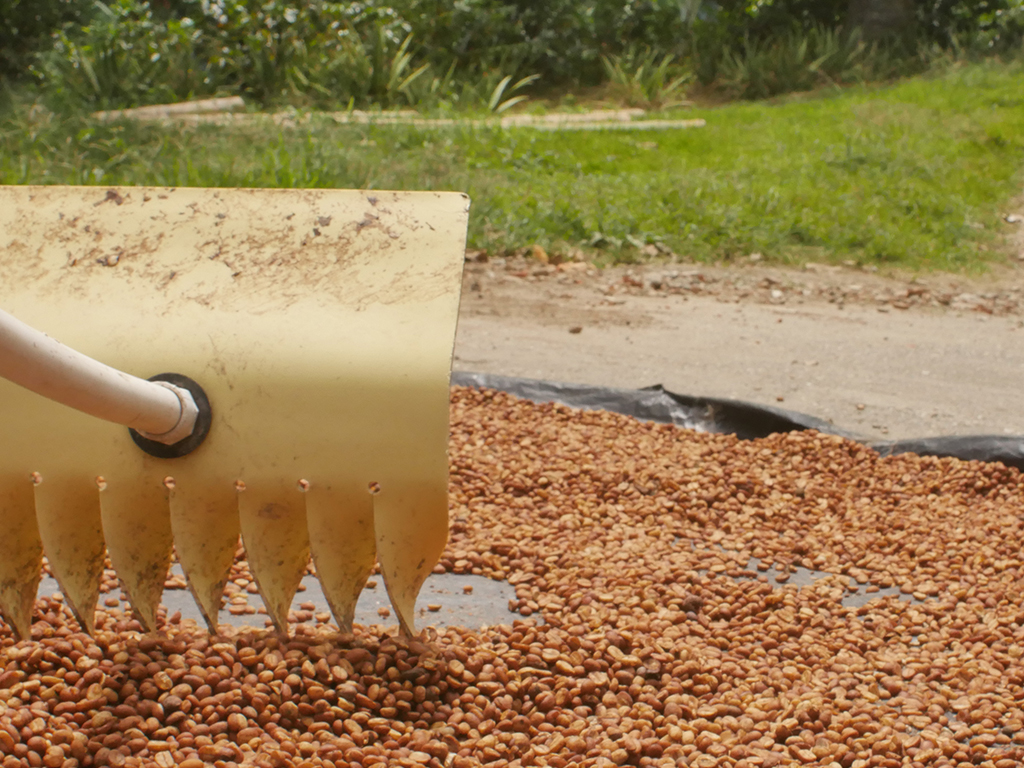Shopping Bag
0
- No products in the cart.

Brazil is the world’s leading producer of Arabica coffee beans that trade in the futures market on the Intercontinental Exchange. The supply and demand fundamentals for the coffee market tends to determine the path of least resistance for the price of the beans. Demand for coffee around the world has been consistently rising as a function of global demographics. First, more people on earth each day have been consuming more coffee each year. In the final quarter of 2017, world population rose by about 19 million people. With the number of people on the earth rising by around 80 million each year, the demand for coffee is on the rise. Moreover, as wealth increases in China, more of the 1.4 billion people in the Asian nation are becoming coffee drinkers. Companies like Starbucks (SBUX) and imitators are opening new coffee shops in China by the thousands.
As an agricultural commodity, weather and crop diseases, such as leaf rust, can create shortages of coffee beans. Each year is a new adventure when it comes to production, and the potential for a deficit in the market where supplies cannot satisfy demand is always a present. Supply shocks because of weather or crop diseases tend to hit agricultural markets like a ton of bricks causing sharp price appreciation. However, rising demand has a creeping impact on these markets, but it provides support and often results in higher lows during periods of ample supplies.
The good news for coffee drinkers around the world is that the price has been moving lower since November 2016.
As the weekly chart highlights, the price of ICE coffee futures reached a high of $1.76 per pound during the second week of November 2016. Since then the price of coffee beans has been in a bear market making lower highs and lower lows. Critical support currently sits at the lows that occurred during the week of June 19 at $1.13 per pound. Technical resistance has been moving lower with the price of the soft commodity, and it currently stands at the most recent peak price of $1.3030 which came at the end of November 2017, the one year anniversary of paradise pricing for coffee drinkers all over the world.
ICE coffee futures settled on Thursday, December 28 at $1.2450 per pound, after trading in a range of $1.13 to $1.5930 on the nearby contract throughout 2017. There are a couple of technical indicators on the daily chart that offers different clues about the future path of least resistance for the price of coffee futures. Open interest, the total number of open long and short positions on ICE coffee futures stood at 211,683 contracts when the soft commodity was on the highs in November 2016. The metric rose to an all-time high in late October at 240,660 contracts when the price was trading in a range from $1.2120 to $1.2775; coffee is currently in the middle of that trading range. Open interest stood at 218,765 contracts on December 26. The contraction of 21,895 contracts is an indication of less interest and fewer speculative positions in the market over recent weeks. At the same time, the slow stochastic, a momentum indicator dropped to an oversold condition and crossed to the upside as coffee futures rallied from lows of $1.1690 in mid-December to its current level. With technical resistance at just over the $1.30 level, the recent period of price consolidation may be building cause for a challenge of prices over $1.30.
https://seekingalpha.com/article/4134339-coffee-prepares-percolate
Free Shipping On All Orders $200+ |
